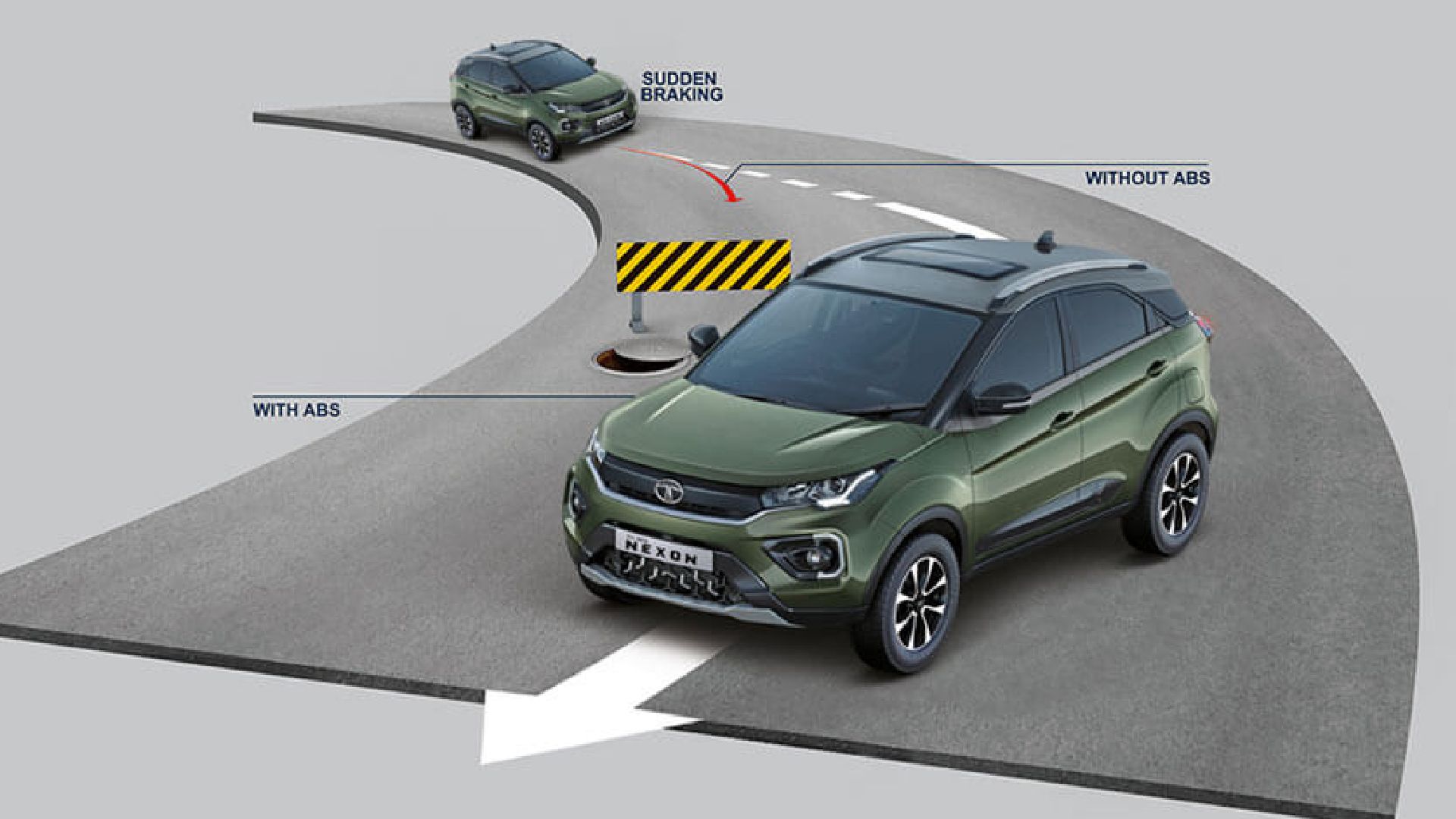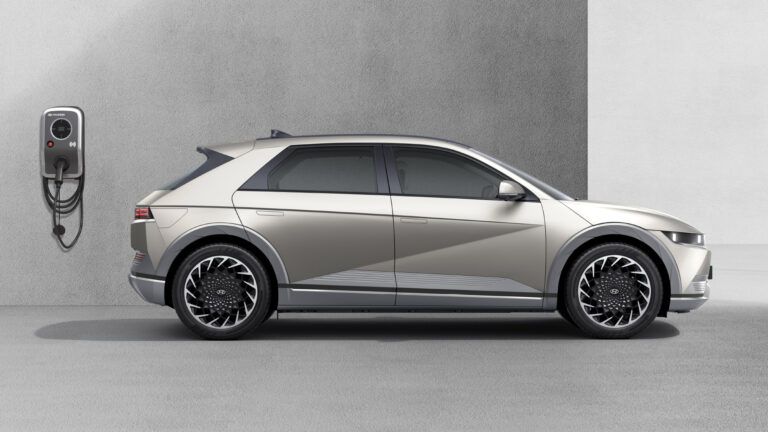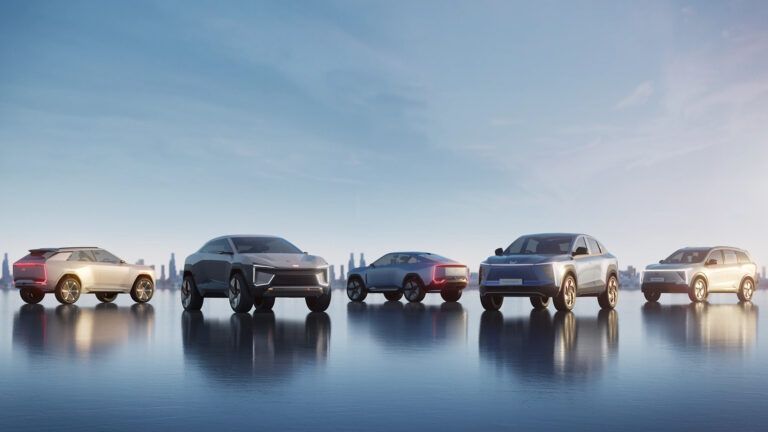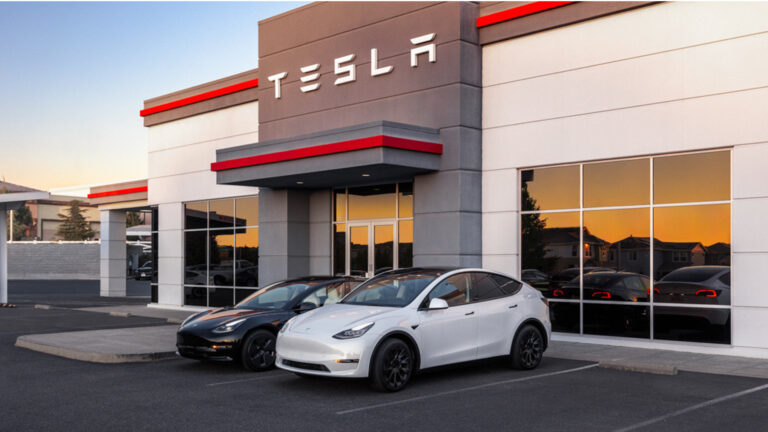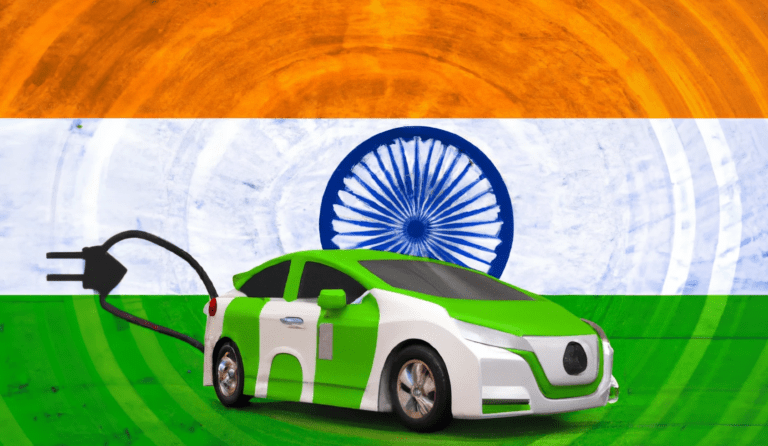In a recent alarming incident, a Tata Nexon EV owner experienced a brake failure that resulted in a collision. The affected individual, who bought Nexon EV only five months ago, shared his experience on social media.
According to the Facebook post, the EV owner was returning from the office during heavy traffic when he faced an issue with the vehicle’s braking system. While navigating in a stop-and-go situation surrounded by trucks, he applied the brakes to avoid a collision but found that the brake pedal went all the way down with no response.
At approximately 10 km/h, the vehicle failed to stop and crashed with the truck ahead. Fortunately, the EV owner drove the car home slowly and safely. Later, he took the car to the service center for a thorough inspection.
Why Do Brakes Fail in Cars?
Brake failure can occur for several reasons, and understanding these can help prevent such dangerous situations. Some of the common causes include:
Hydraulic System Issues:
Most cars use hydraulic brakes, and a failure in this system can result in brake pedal problems. So, inspect the brake lines and master cylinder for signs of fluid leakage.
You should replace damaged components and ensure secure connections. Also, if you notice brake fluid on the ground, avoid driving until you resolve the issue.
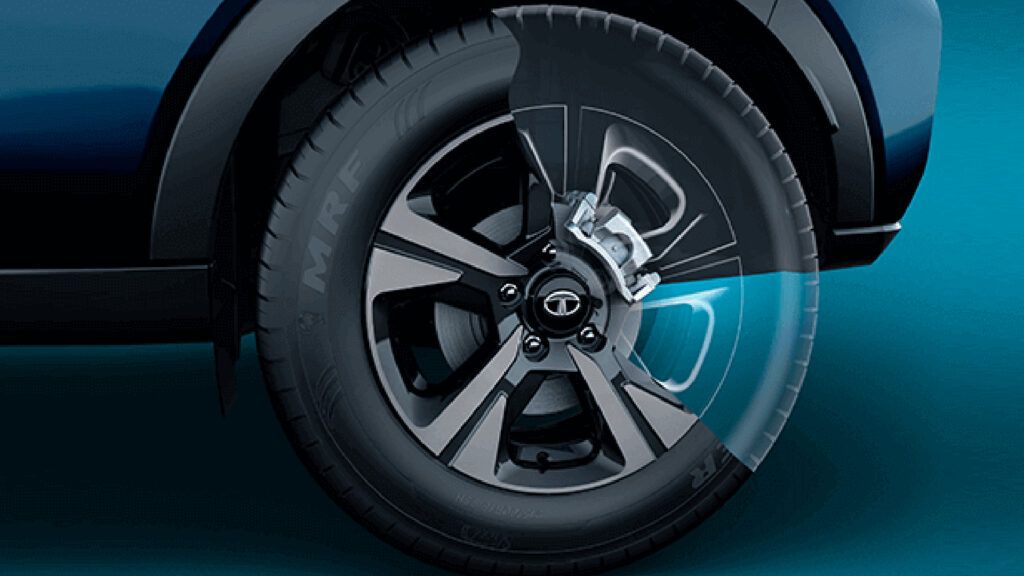
Worn Brake Pads:
Over time, brake pads wear down and lose their effectiveness. Typically, brake pads last between 40,000 to 120,000 km, depending on various factors.
For the longevity of the brake pads, avoid aggressive driving (hard braking, high-speed driving) and driving in stop-and-go traffic or mountainous terrains. Moreover, when you replace them, check the pad quality, as cheaper ones wear out quickly.
Mechanical Failures:
Issues like a faulty brake caliper or a malfunctioning brake booster can also cause brake failure. The caliper houses the brake pads and applies pressure to the rotor to slow down the vehicle. Some of the common issues include seized caliper pistons, damaged seals, or uneven wear of brake pads.
Meanwhile, the brake booster helps in applying force to the brake pedal. If it fails, the brake pedal becomes hard to press, affecting braking efficiency. Therefore, regularly inspect brake calipers and brake booster systems, including vacuum hoses and connections.
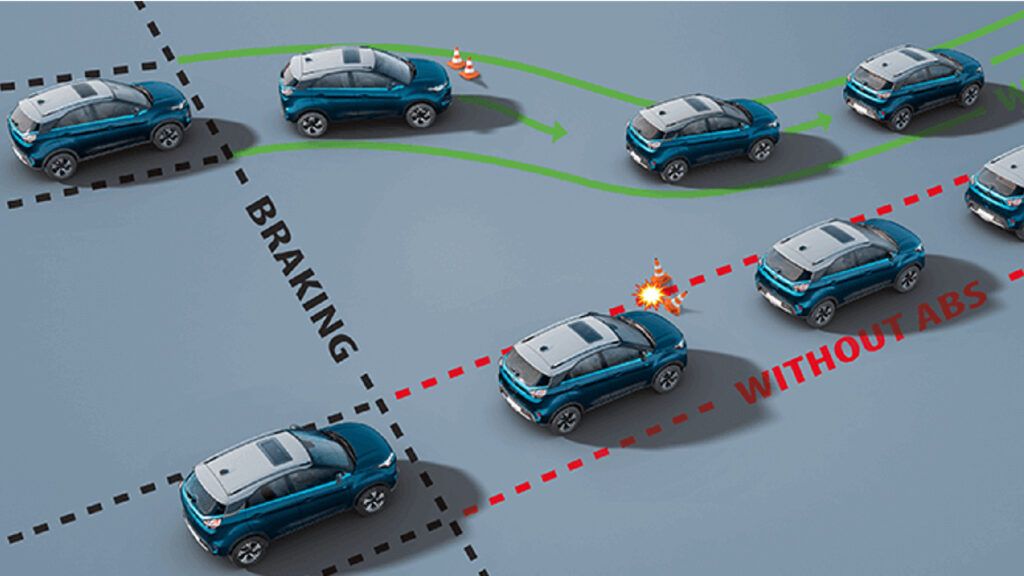
Electrical Issues in EVs:
In electric vehicles like the Tata Nexon EV, electronic components control various functions, including braking.
EVs use regenerative braking to recover energy during deceleration. If this system malfunctions, it can affect braking efficiency, and you may experience reduced braking force or inconsistent braking behaviour.
Moreover, many modern EVs, including the Tata Nexon EV, use brake-by-wire systems. These systems replace traditional hydraulic brake lines with electronic signals. A failure in such a system can lead to unexpected brake issues. For example, if the electronic control unit (ECU) fails, you may lose the braking power.
Remember, EVs have unique features, and understanding your vehicle’s braking system is crucial
What Should You Do When Brakes Fail?
Experiencing brake failure can be scary, but there are steps you can take to handle the situation safely:
Stay Calm:
Panicking will only make the situation worse. So, keep a clear head to make better and quick decisions. Remember, electric vehicles provide visual and auditory alerts when there are issues with the brake system. Also, the Nexon EV Max has dual frontal airbags as standard.

Pump the Brake Pedal:
If you’re facing brake failure, try pumping the brake pedal rapidly. This can sometimes build up enough hydraulic pressure to slow the vehicle down.
Note that this applies to traditional hydraulic braking systems and not to EVs, as they use brake-by-wire systems.
Use the Handbrake:
Try to gradually engage the handbrake or emergency brake to slow down the vehicle. Remember, be gentle to avoid skidding.
Downshift:
If you drive a manual transmission, downshift to lower gears to reduce the speed. In an automatic, you can gently shift to a lower gear.

Look for an Escape Route:
If possible, steer towards a clear area or an open space to minimize the crash. In Nexon EV, when you brake hard in an emergency, the system turns on the Hazard lamps to alert other drivers and help them react faster.
Conclusion:
The recent brake failure incident with the Tata Nexon EV shows how crucial it is to maintain your vehicle regularly. Also, you must know how to react in case of brake failure or other hazardous situations. Moreover, keep the toll-free numbers handy, so you can get the 24/7 assistance, anywhere.

